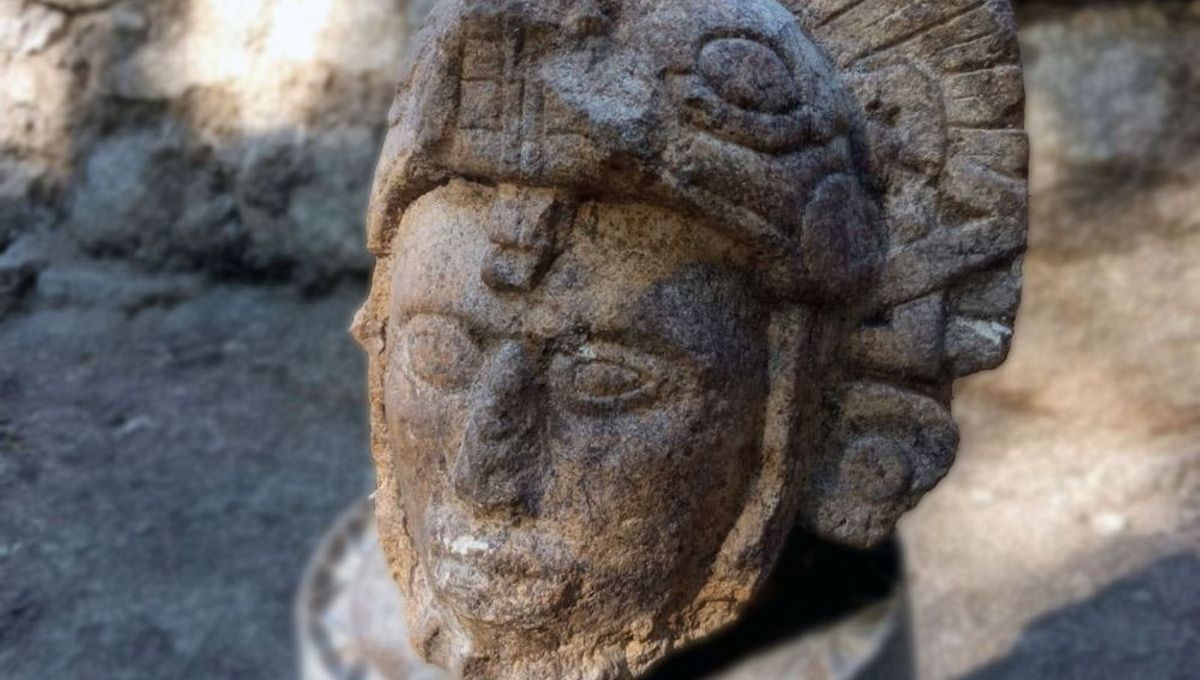
A stone statue of a serpent warrior’s head has been unearthed among the ruins of the iconic Maya site of Chichén Itzá in southern Mexico. Wearing a “snake helmet” and a feathered headdress, the ancient sculpture is likely to date from the Maya Late Classic period, which lasted from around 600 to 900 CE.
Archaeologists came across the remarkable relic while excavating a structure known as Maudslay’s Temple 6, named after the British explorer Alfred Maudslay who was among the first Europeans to visit and document Chichén Itzá. The temple forms part of the Casa Colorada (Colored House) complex – otherwise known as Chichanchob – which is recognizable for its red-painted walls.
One of the most famous ancient cities in Mesoamerica, Chichén Itzá was a major force in the Maya world during the Late Classic and early Terminal Classic periods, housing up to 35,000 inhabitants in its heyday. Among the many iconic landmarks found at the site is the pyramid-shaped Temple of Kukulcán – or El Castillo – named after the Mayan snake god.
Adorned with carvings of feathered serpents, the temple is a stunning tribute to a fearsome deity who was heavily associated with war and human sacrifice. The discovery of a snake-headed soldier statue nearby therefore suggests that the relic may have been linked to Kukulcán, although this has yet to be confirmed by archaeologists.
Announcing the find in a statement, Mexico’s National Institute of Anthropology and History (INAH) revealed that “the piece measures 33 centimeters [13 inches] in height, 28 centimeters [11 inches] wide and 22 centimeters [8.7 inches] in depth, and in spite of being fractured, is notable for its good state of preservation.”
“As a result, it’s possible to deduce that the sculpture’s parameters match those used during the earlier period of the Maya city.”
Recently, researchers in the nearby state of Campeche discovered a circular structure dedicated to Kukulcán in the jungle. Originally considered to be a vision serpent that acted as a messenger between the Maya elites and the gods, the deity later took on a more powerful role as a cult in his honor sprung up in the Yucatan Peninsula.
However, this religion didn’t really take hold until around the time the Maya empire began to crumble, so it’s unlikely that the serpent warrior statue found at Chichén Itzá had anything to do with the Kukulcán cult.
Source Link: Maya Snake Warrior’s Head Unearthed At Chichén Itzá